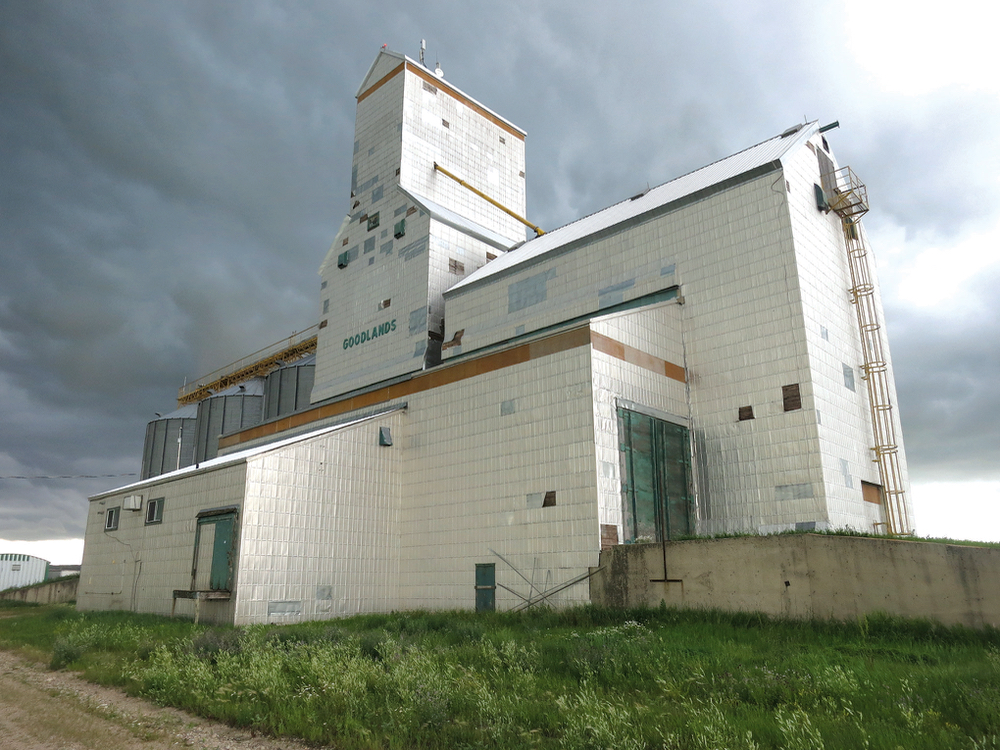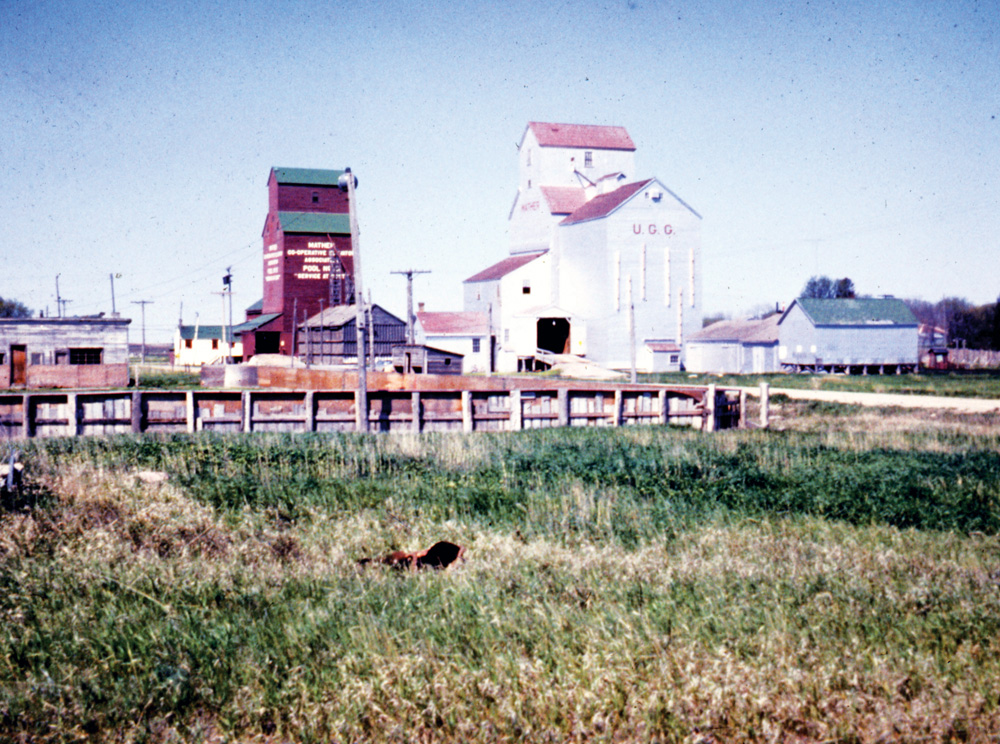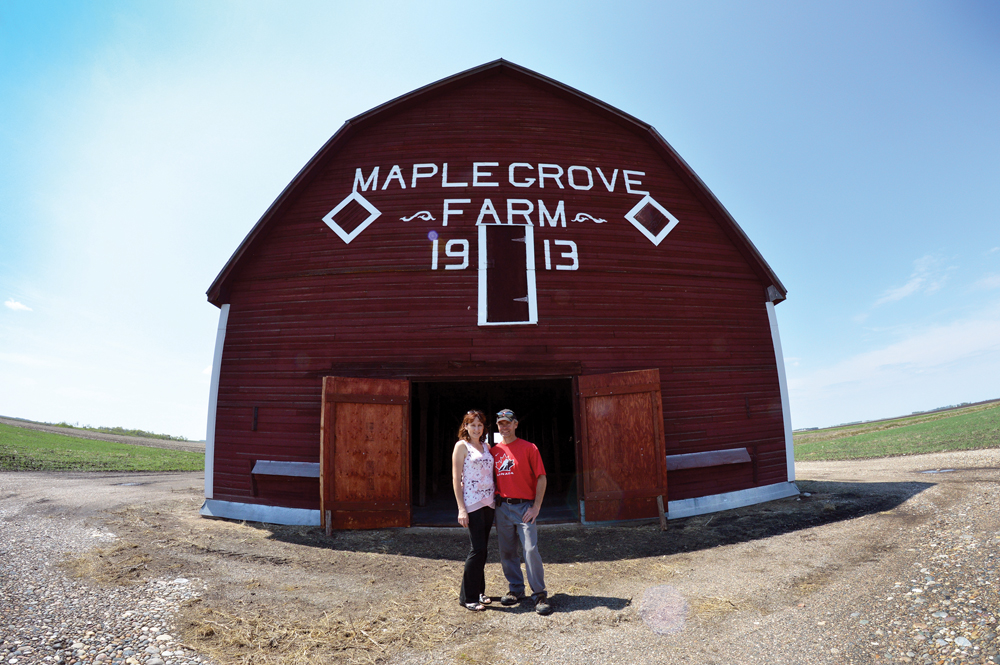Jack Mavins’ phone rang off the hook after a city newspaper story awhile back described his knack for finding unmarked graves. Callers wanted his help and he was happy to oblige.
Until then, the Anola senior said he’d been a bit reluctant to say too much about his grave “dowsing” or “witching” as some call it.
Some don’t like this kind of talk, says Mavins, 82. Plus, he can’t explain why the two thin welding rods he carries cross each each other when he steps over a site where a body is buried,
Read Also

Giant Canada geese have gone wild in Manitoba
Giant Canada geese are seemingly everywhere and can be fine table fare for local hunters, but 70 years ago, they were borderline extinct.
“I just know it works,” he said.
It was at the Manitoba Genealogy Society (MGS) back in the 1980s that he first heard about the ancient practice, which is also called divining, often used to find water.
“I came home and got a couple of welding rods and it worked over top of my wife so I said, ‘well, it works live, so let’s go to the cemetery and see if it works on someone dead.’”
The retired engineer doesn’t think there’s anything spooky or unusual about it at all. He’s heard it just has something to do with the body’s magnetism.
“Our two boys can do it. My wife and our daughter can’t. I have no answer for it,” he says.
Honed skills
But his method has found lots of bodies. He honed the skill at the Millbrook Cemetery, among the oldest in Manitoba and one of RM of Springfield’s four municipal cemeteries.

It worked so well, he eventually helped the custodian “transcribe” the entire site, in which unmarked sites were matched to written cemetery records. “There were maybe around 50,” he estimates.
He eventually helped map out Springfield’s other three cemeteries, plus numerous smaller ones in churchyards and on private properties. He’s given talks at genealogy gatherings and taught others how to do it too.
He doesn’t do much grave dowsing lately — “I can’t walk the distances,” he says — but has been called in to check out numerous small and private sites, including family farms where burials are known to have taken place. In one case, a family knew at least five people were buried in a particular site. He found them all, and the family eventually determined their identities too.
“There’s lots of little family plots around,” he says.
Local history enthusiast
This kind of digging into the past is just one way Mavins has helped set historical records straight.
A lifelong local history enthusiast, he has more recently become as intrigued about what’s to be discovered in boxes containing dusty old records.
Since 2006, he’s been the volunteer head of Springfield Municipal Archives, housed in the former Dugald Costume Museum, “a progression,” he says, of all his other interests in local history that have included a 30-year stint as treasurer with the Anola District Museum.
Mavins was one of five Manitobans presented this month with the Lieutenant-Governor’s Award for long and meritorious service to preserve and promotion of the province’s rich history and heritage. The award was established in 2010 and is presented annually in consultation with the Manitoba Historical Society (MHS).
Most days you can now find Mavins, and his wife, Yvonne, at the neat-as-a-pin Springfield Municipal Archives, inside the former Dugald Costume Museum, and one of just eight accredited facilities in the province.
The couple has spent countless hours going through boxes and crates, carefully sorting, filing and cataloguing everything from the RM’s cancelled cheques of yesteryear, to old newspaper articles and photos dating back decades.
Joint effort
Mavins says the award belongs to his wife too as she is just as involved in the archival work. A map in the archives, showing how the RM’s boundaries have changed over the years was drawn by her after careful research.
“She spent a whole year trying to determine the size of Springfield,” he says.
The Mavins say their love of history stems from love of their community. It’s important to keep paying attention to both.
“We are trying that with our archives,” says Jack. “We have (documentation of) 40 one-room schoolhouses, and now we’re doing the churches,” he said. “We had all kinds of clubs… baseball, hockey, rifle clubs, 4-H, the curling, all this stuff was our community at that time. It changes but it was there.
“I just feel that you have to know what went on, so you don’t screw things up today,” he adds. “If you know why and what happened before you, you may understand yourself better.”
Lt.-Gov. Philip S. Lee presented awards to five Manitobans this month. The Lieutenant-Governor’s Award for Historical Preservation and Promotion was established in 2010 and is presented annually in consultation with the Manitoba Historical Society (MHS).
Others receiving the award included: Ernest Braun of Niverville, Diane Haglund of Winnipeg, Frieda Jorheim of Inwood, and Gary Wowchuk of Swan River.




















